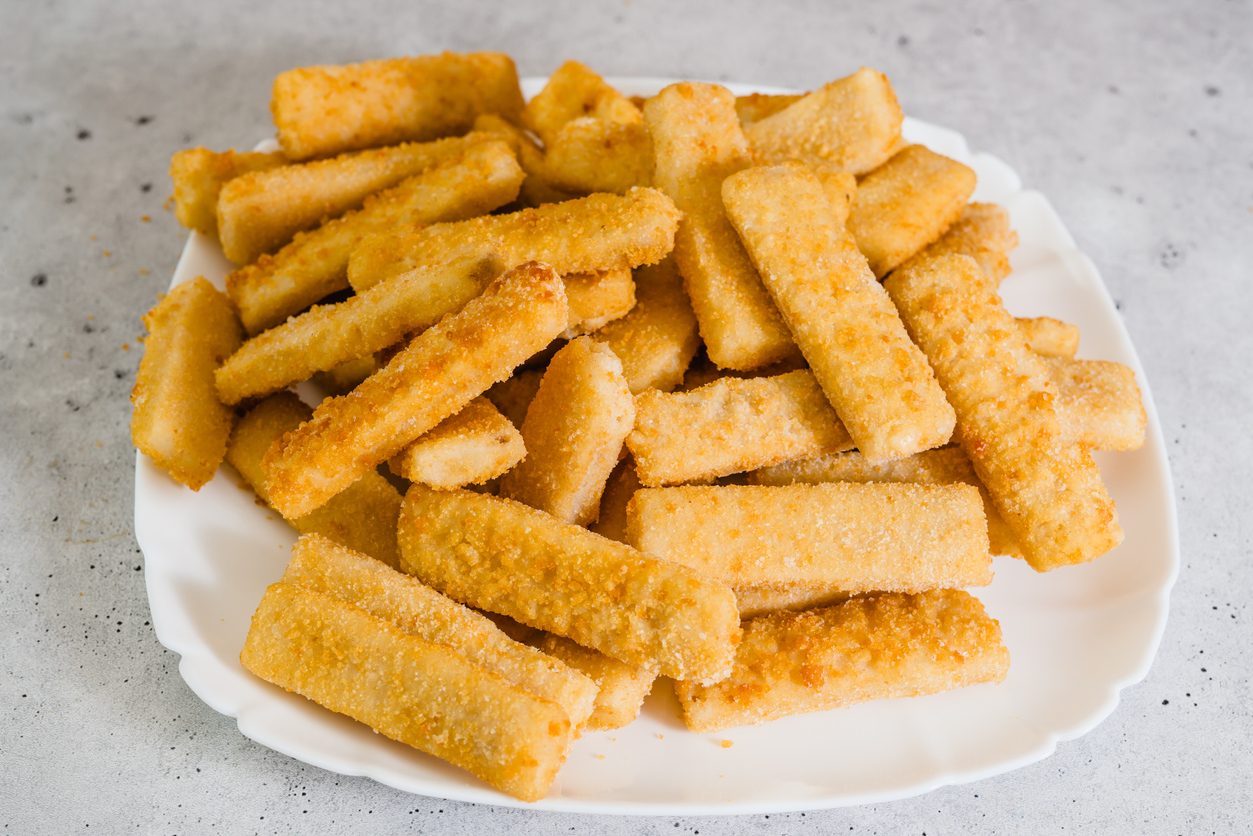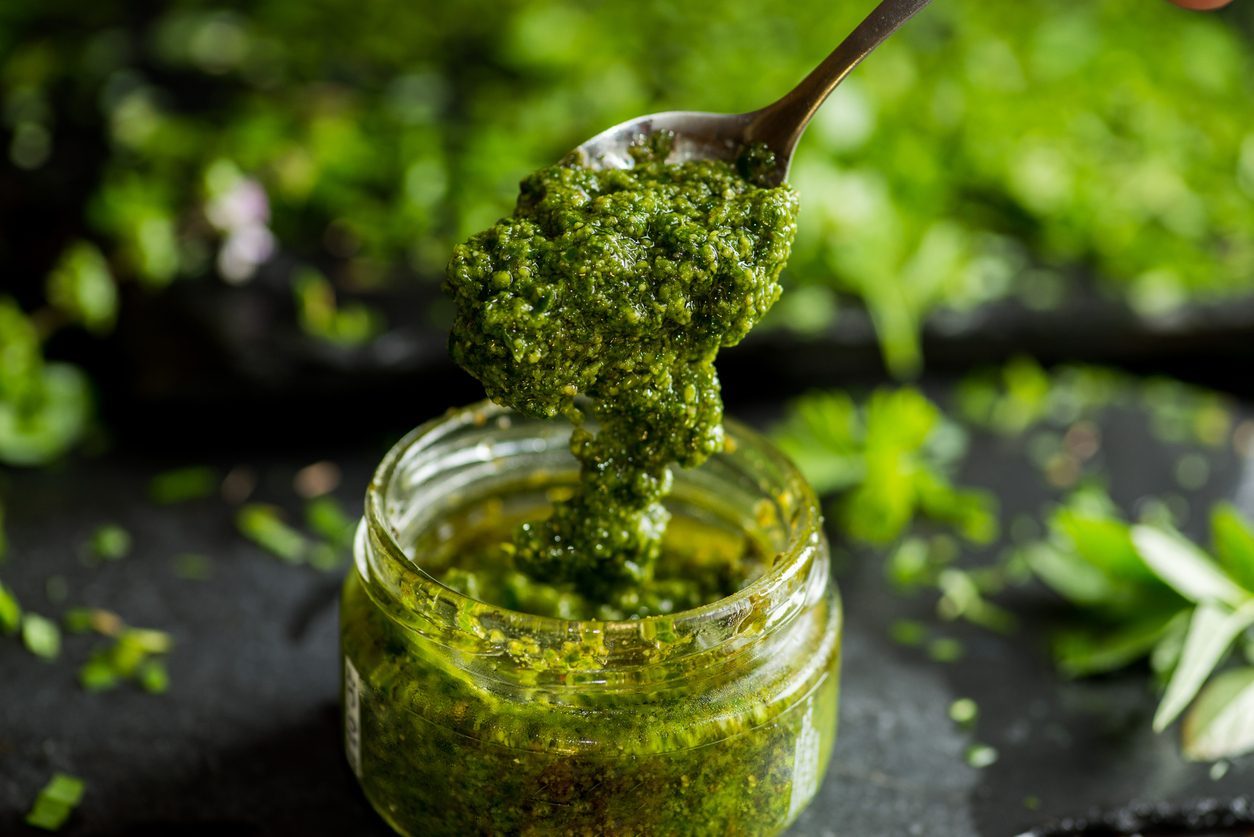Here’s Why You Should Never Deep-Fry at Home (Seriously, Never Do It)
Deep frying at home is not advisable due to several reasons. The process involves handling dangerously hot oil, posing significant burn and fire risks. It creates a messy kitchen with difficult cleanup and lingering odors. Home kitchens often lack the necessary equipment and space for safe deep frying, and disposing of used oil is an environmental concern. Thus, it's best to enjoy deep-fried foods at restaurants.

Fried foods are undeniably delicious, and they rank among the most popular items at bars and fast food joints. With their irresistible crunch and savory flavors, it's no wonder people crave them. The internet is full of recipes and guides on how to replicate these deep-fried delights at home. However, just because you can deep fry at home, it doesn't mean you should. There are several reasons to avoid this tempting culinary endeavor.
What Does Deep Frying Mean?
Deep frying involves cooking food by immersing it in hot oil, typically at temperatures between 350°F and 375°F (175°C to 190°C). This method creates a crispy exterior while keeping the inside tender and moist. The technique is popular for various dishes, from French fries and chicken wings to doughnuts and tempura. While the results can be mouth-watering, the process itself is fraught with challenges and risks when attempted at home.
1. Hot Oil is Very Dangerous
One of the primary reasons to avoid deep frying at home is the inherent danger of handling hot oil. Oil at high temperatures can cause severe burns if it splatters or spills. The risk of accidental fires also increases, especially if the oil overheats and ignites. Unlike professional kitchens, most home kitchens are not equipped with the necessary safety measures to manage these hazards effectively. Even a small mistake can lead to significant injuries or property damage.

2. Cleaning After Deep-Frying is a Nightmare
Deep frying at home can create an enormous mess. The oil tends to splatter everywhere, coating your stove, countertops, and even floors with a greasy residue. This residue is notoriously difficult to clean and can leave your kitchen feeling sticky and dirty. Additionally, the lingering smell of fried food can permeate your home for hours, if not days. The time and effort required to clean up after deep frying can make the whole process feel more like a chore than a culinary adventure.
3. Your Home Kitchen Simply Isn't Built for Deep-Frying. Accept It.
Professional kitchens are designed with deep frying in mind, equipped with industrial-grade fryers, proper ventilation, and ample space. Most home kitchens, however, lack the necessary equipment and space to deep fry safely and effectively. The large quantities of oil required for deep frying can be difficult to manage, and without a dedicated fryer, maintaining the correct oil temperature can be challenging. Home stoves and cookware are often not designed to handle the demands of deep frying, leading to inconsistent results and potential safety issues.

4. Disposing of Oil After Deep-Frying is Also Time Consuming
Another significant issue with deep frying at home is the disposal of used cooking oil. After frying, you're left with a large amount of oil that needs to be discarded properly. Pouring it down the drain can clog your pipes and cause environmental damage. Disposing of it in the trash can also be problematic, as it can leak and create a mess. Finding a safe and environmentally friendly way to dispose of used oil is not always straightforward and can be a major inconvenience.
;Resize,width=767;)
;Resize,width=712;)

;Resize,width=712;)
